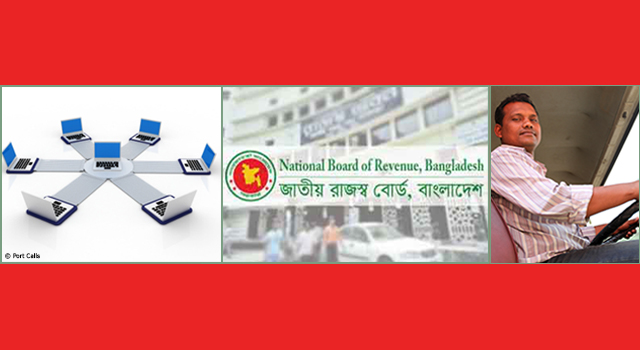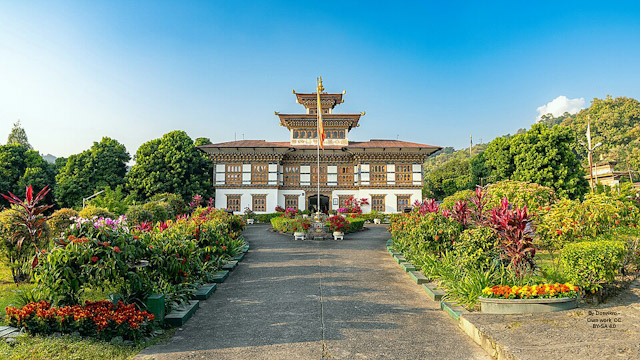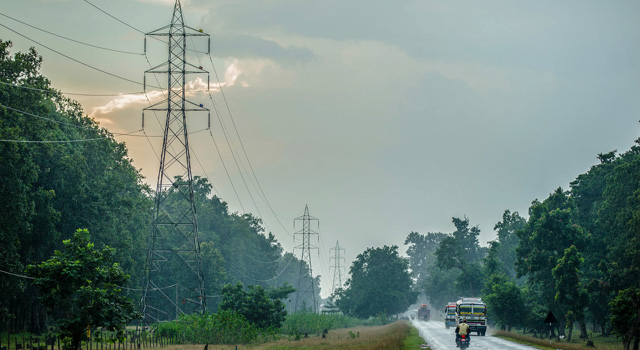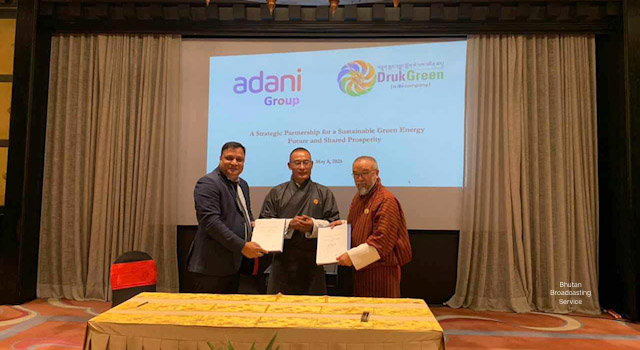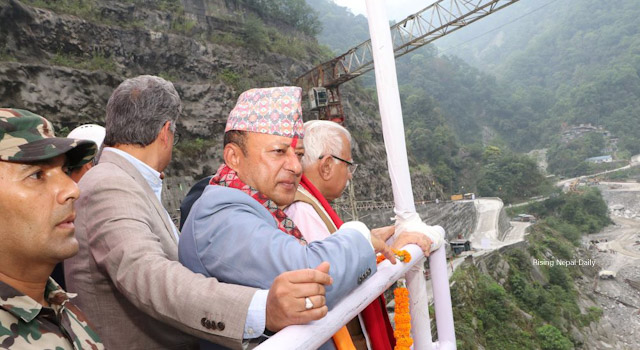
Building Bonds within SAARC through the SASEC Program
24 March 2015
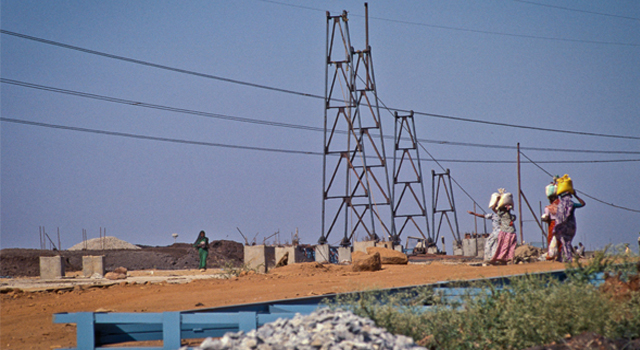
An article published by the South Asia Monitor traces the inclusion of subregional cooperation within the South Asian Association for Regional Cooperation (SAARC) Charter, and also reviews how the South Asia Subregional Economic Cooperation (SASEC) Program is improving cross-border connectivity among its member countries and strengthening regional economic cooperation.
Sub-regional cooperation can give SAARC new wings
G. Padmaja, 24 March 2015
SAARC regional cooperation and sub-regional cooperation were some of the issues discussed during Indian Foreign Secretary S. Jaishankar’s visit to Bhutan and Bangladesh on March 1 and 2 as part of his SAARC Yatra. These issues have acquired importance following Prime Minister Narendra Modi’s ‘neighbourhoood first’ policy. At the 18th SAARC summit in Kathmandu Prime Minister Modi minced no words in describing the limited progress which the South Asian Association for Regional Cooperation has made in the last 30 years.
It is in this context that the experience of sub-regional cooperation in SAARC is being examined to understand whether it has facilitated the bonds to grow among the member countries. But before going any further it is important to understand - What is sub regional cooperation? The normal form of regional cooperation is institutional integration which is characterised by legal arrangements that promote preferential trade among members. Sub regional cooperation is considered as a less formal form of cooperation.
The focus is on border regions of the member countries and not the countries as a whole. Studies have brought out that one of the successful sub-regional cooperation programme is the Greater Mekong Sub-region (GMS). In GMS, facilities were provided that reduced transaction costs associated with international movement of goods, services, and other production factors. Thus, GMS devised economic corridors where a network of roads were built to connect the region and reduce costs of transporting goods and people. These corridors also focused on interconnections for power transmission and telecommunication links. The GMS programme also simplified customs, and the visa systems among others which helped in regionalism as a whole.
Only with necessary ‘connectivity’ infrastructure - in terms of transport; energy/power transmission; communication - will the member countries benefit from the agreements that they have reached to bring down tariff barriers. Thus, sub-regional cooperation focuses on these non-tariff barriers. It is also observed that the institutional agreements and sub-regional cooperation facilities complement each other wherein the latter helps in effective implementation of the former. In the absence of ‘connectivity infrastructure’, even in a scenario of free trade, the member countries will not benefit.
It was only in the 9th SAARC Summit held at Male, Maldives in 1997 that the member countries agreed for, “...the development of specific projects relevant to the special individual needs of three or more member states”. This proposal was not easy to arrive at and there was resentment among the member countries who would not be part of such projects. However, it was argued that sub-regional cooperation would help in evolving solutions to the development needs of a particular area and that it was not contrary to the SAARC Charter.
The BBIN-GQ (Bangladesh, Bhutan, India, Nepal - Growth Quadrangle) is the result of these efforts. The concerned countries decided that BBIN-GQ was to follow a project- led approach to cooperation in the core economic areas of multimodal transportation and communication, energy, trade and investment facilitation and promotion, tourism, optimal utilisation of natural resource endowments and environment.
These projects were to be supportive of and complementary to the national plans of the concerned countries and would make the best use of neighbourhood synergies. However, no significant progress was made in BBIN-GQ.
Since 2001, the South Asia Sub-regional Economic Cooperation (SASEC) programme (www.sasec.asia) has brought together Bangladesh, Bhutan, Nepal, India in a project based partnership to promote regional prosperity by improving cross-border connectivity, boosting trade among member countries, and strengthening regional economic cooperation. Since 2014, Sri Lanka and Maldives are also part of this programme. The Asian Development Bank (ADB) serves as Secretariat to the SASEC programme.
The SASEC partnership works to increase trade and cooperation within South Asia, while also creating the linkages to East and Southeast Asia. SASEC countries follow a flexible multi-track approach, with coordinated projects in different countries implemented nationally as well as across borders, to promote sub-regional cooperation. national road and rail networks, for example, are strengthened within individual countries, yet are planned and prioritized to link up across national borders with transport networks in neighbouring countries. Under SASEC, the Chittagong Port Trade Facilitation Project has increased the capacity and efficiency of the container terminal and is helping international port security and environmental standards to be met. This leads to lower shipping and port charges, contributing to more international trade.
Sub regional cooperation is an important instrument to build bonds among member countries. Within SAARC the BBIN –GQ has not been able to show results. However, the experience of SASEC has shown that sub-regional projects have been successfully implemented. SAARC needs to learn from the experience of SASEC. India can take the lead in activating sub-regional cooperation projects. The experience of SASEC has important bilateral lessons for India. For the ‘neighbourhood first’ policy to be effective, it is essential to identify those specific bottlenecks or non-tariff barriers which prevent economic cooperation even in a situation when tariff barriers are brought down.
G. Padmaja, a former United Nations Institute for Disarmament Research, Visiting Research Fellow at the United Nations, Geneva, is presently an independent researcher writing on SAARC and India’s Foreign Policy towards its immediate neighbours. She can be reached at sri2003ja@yahoo.com




